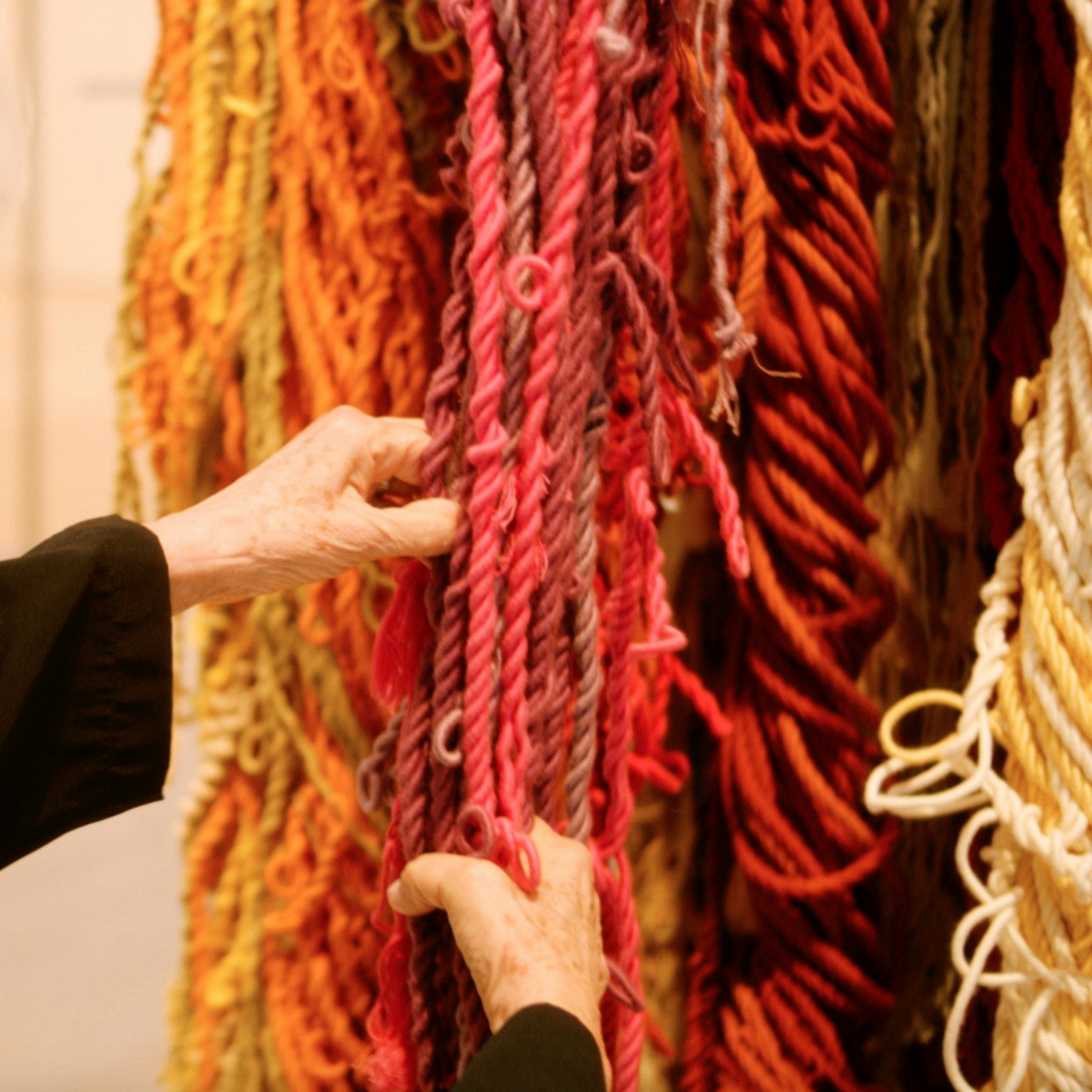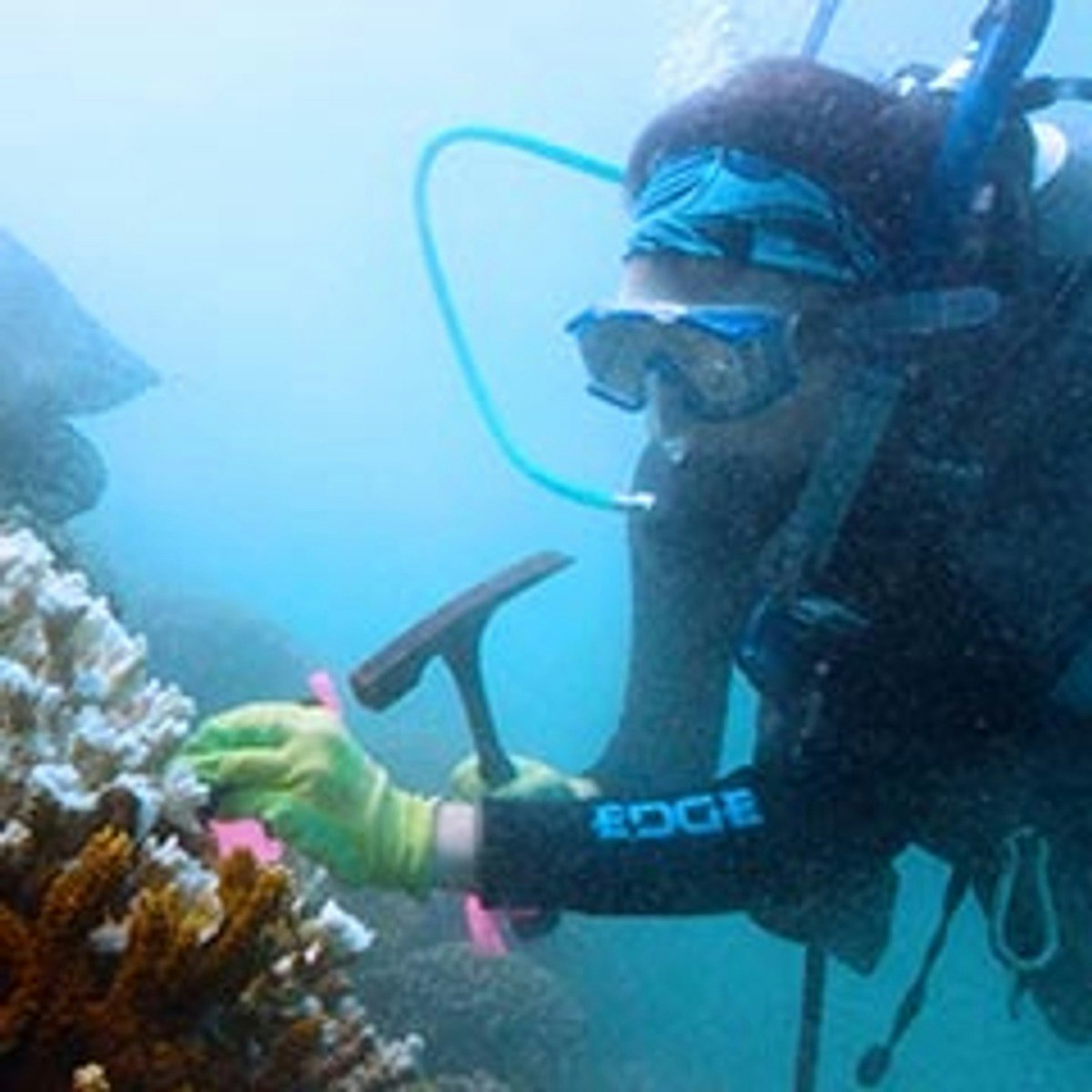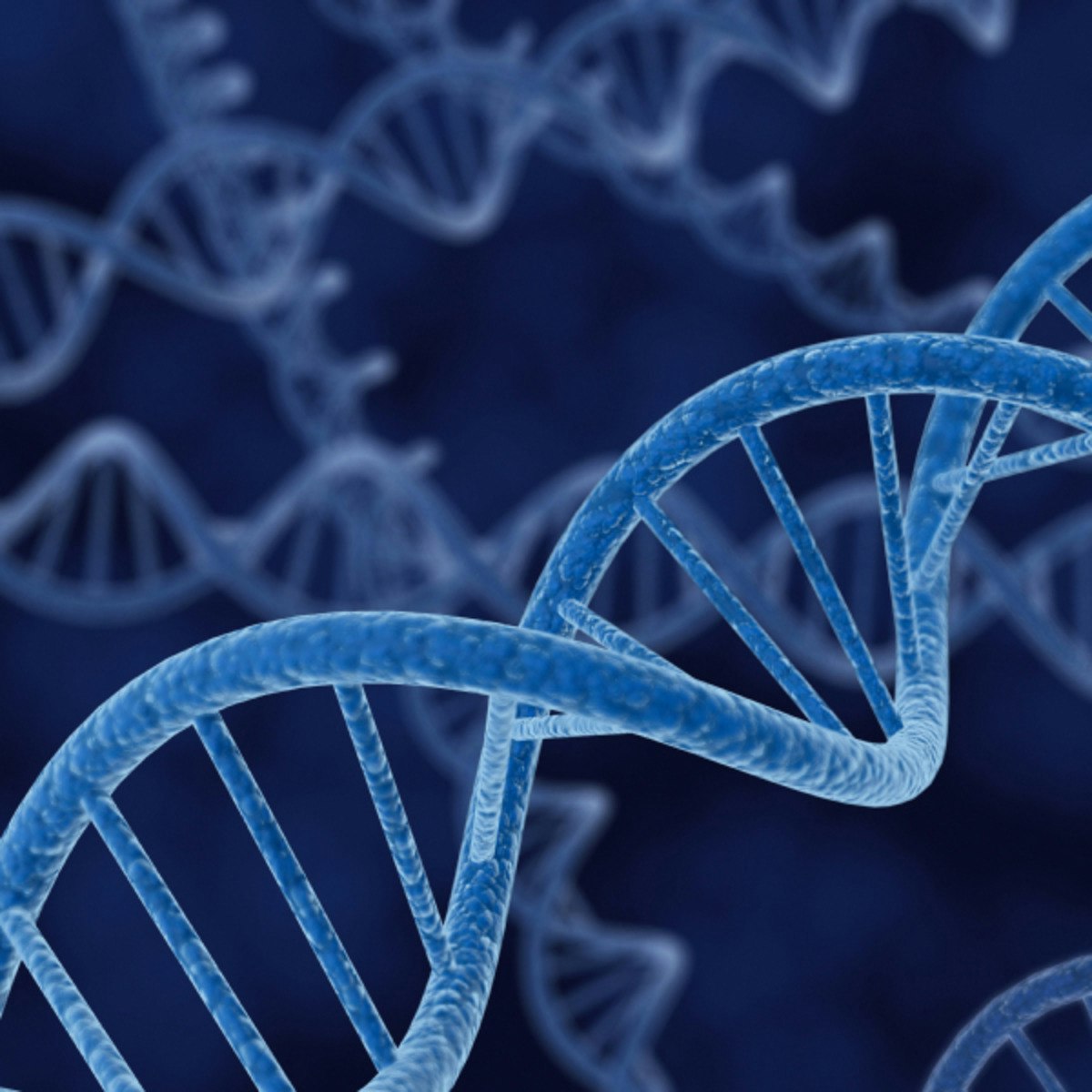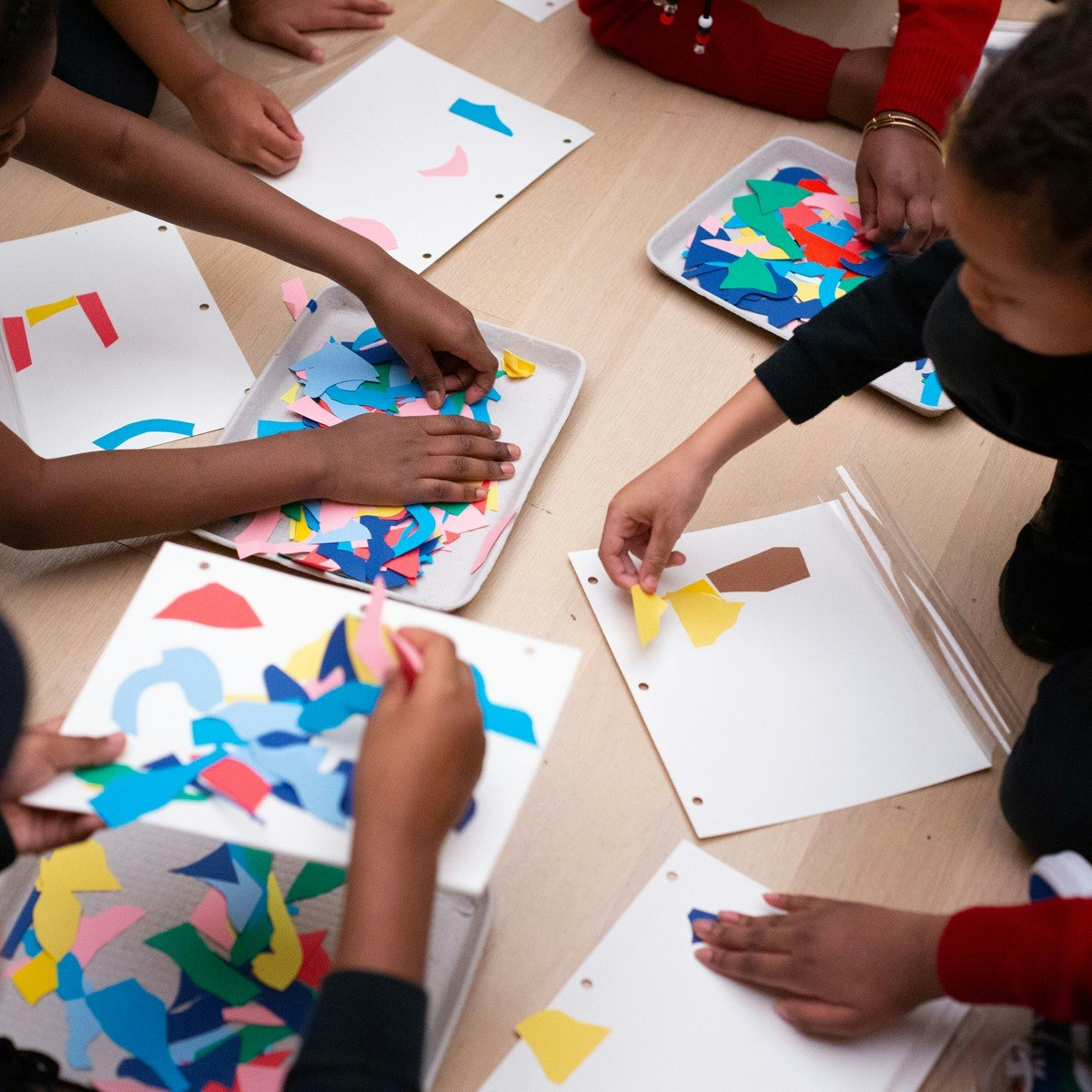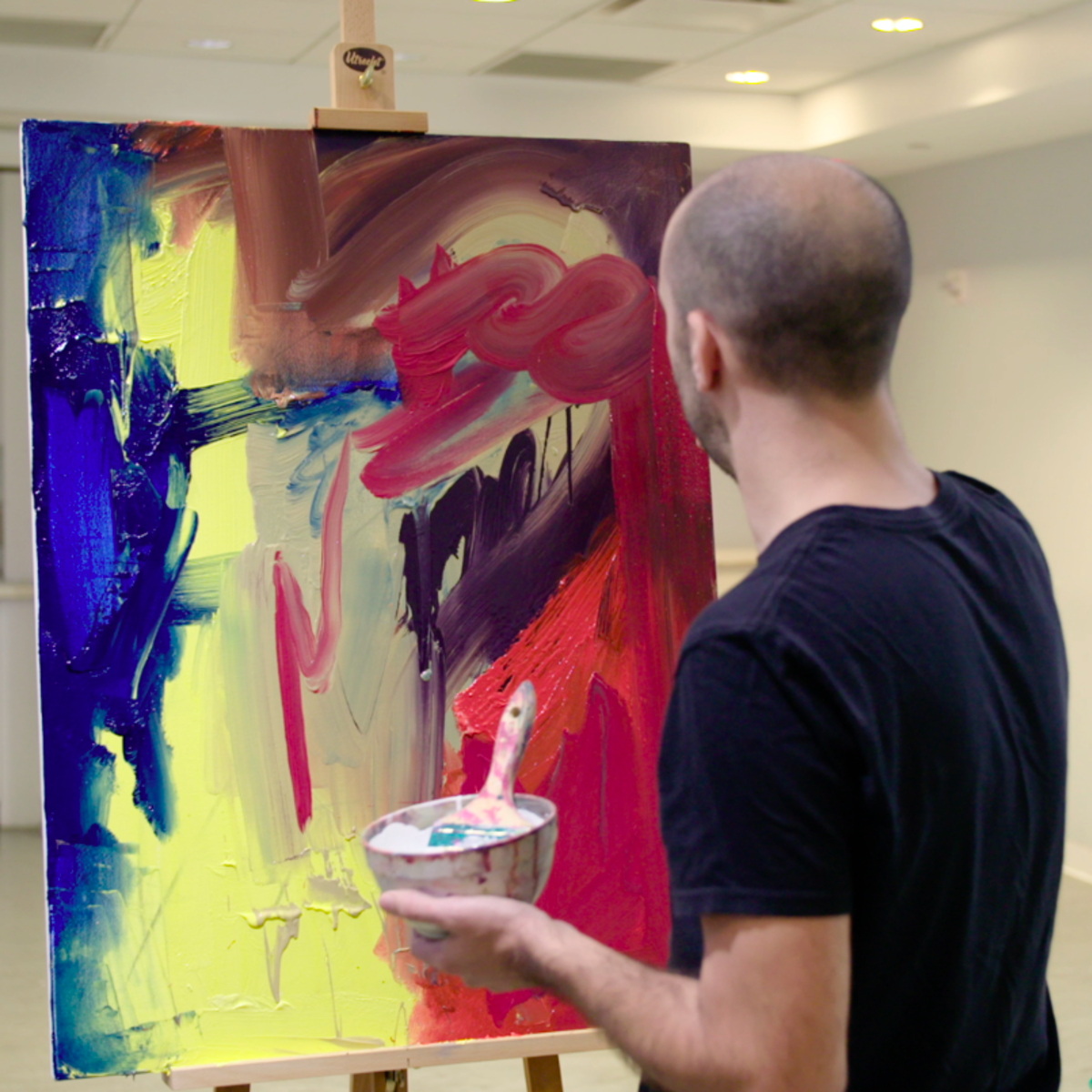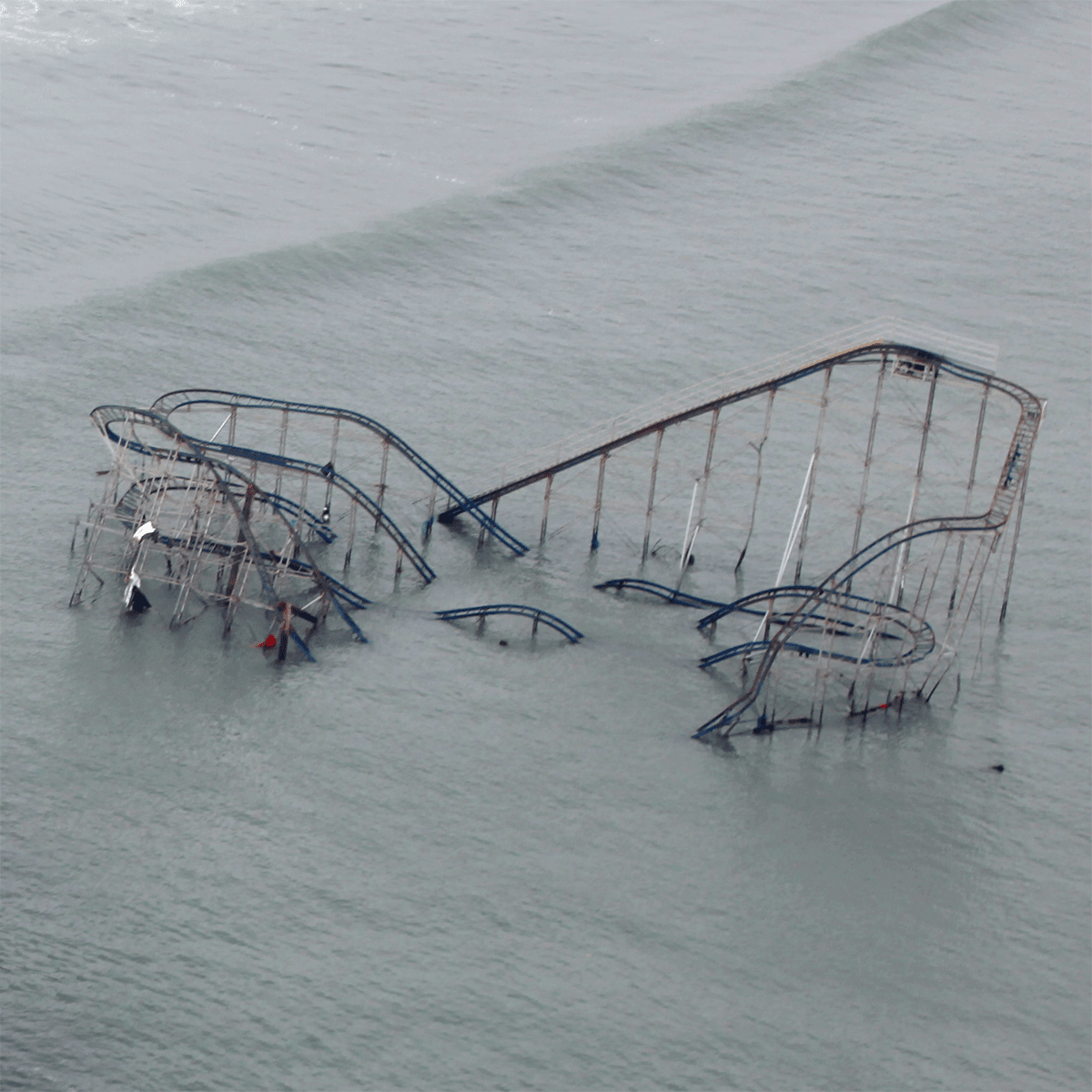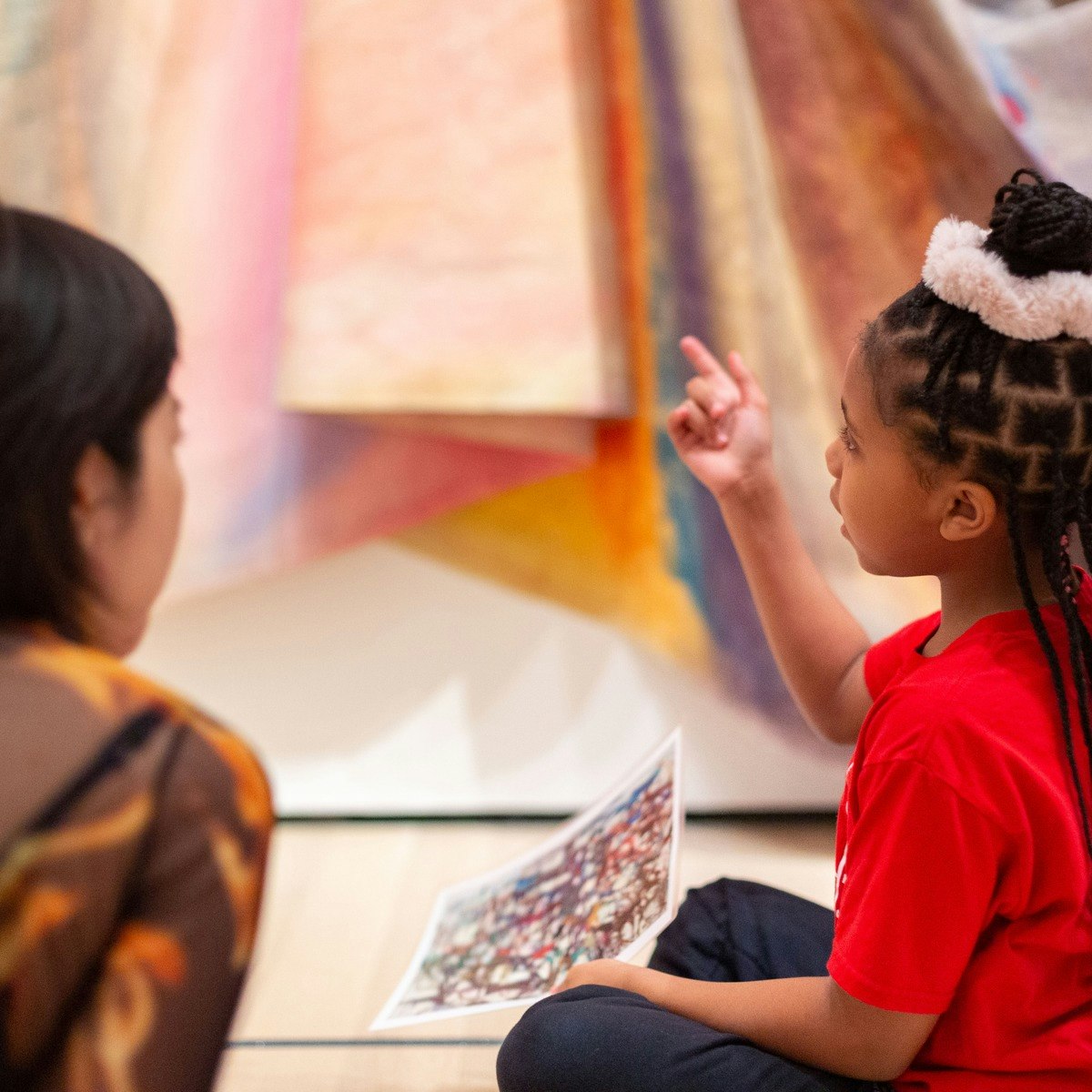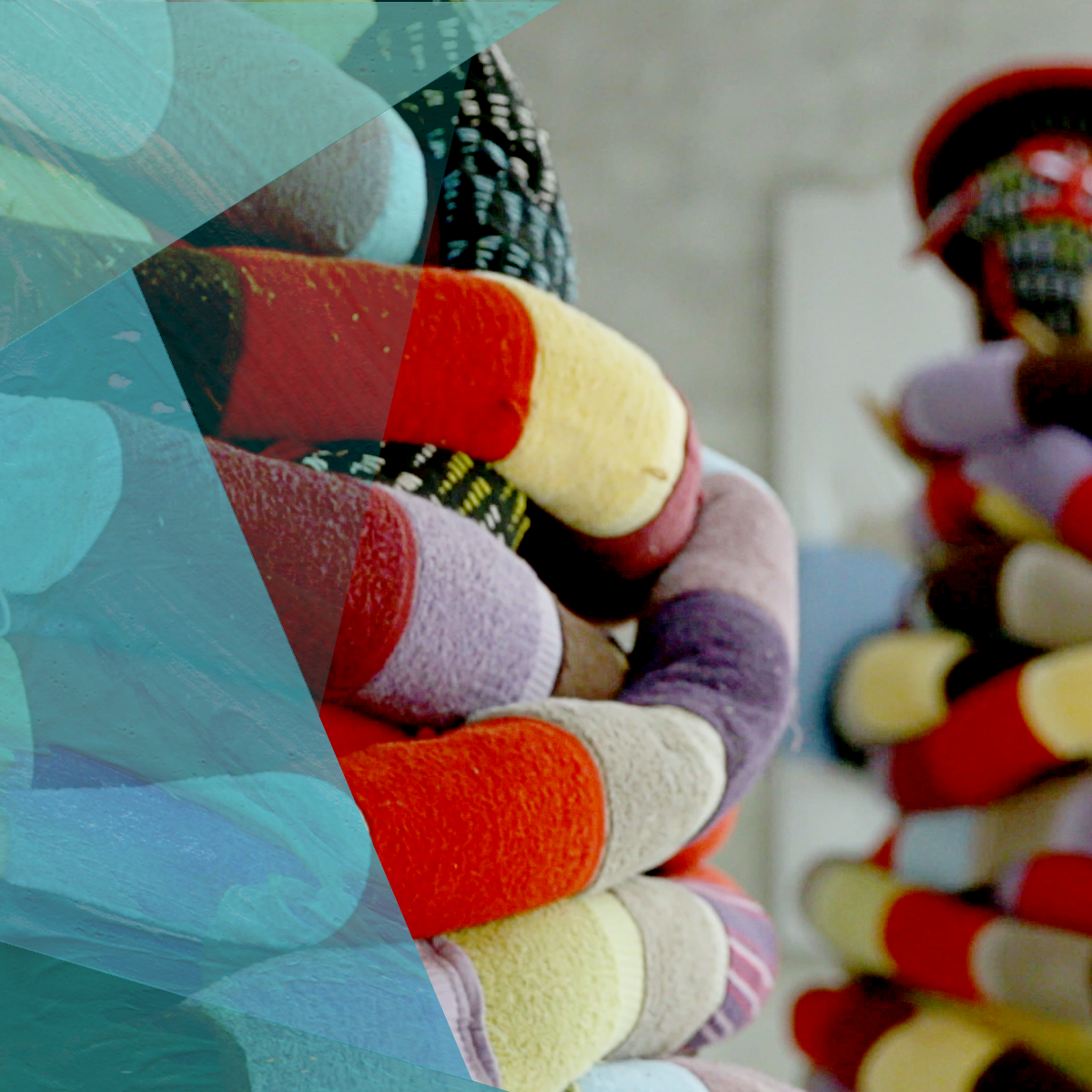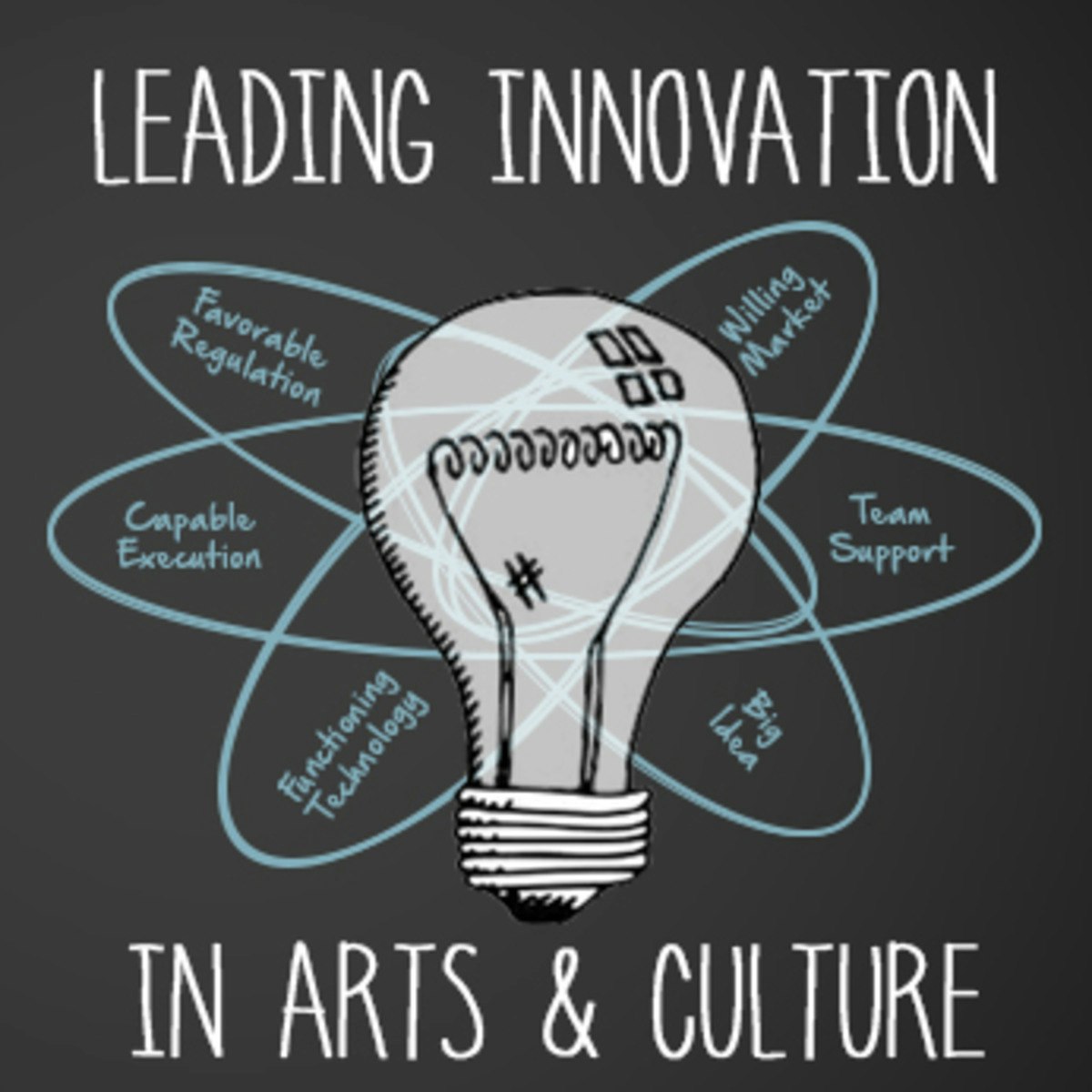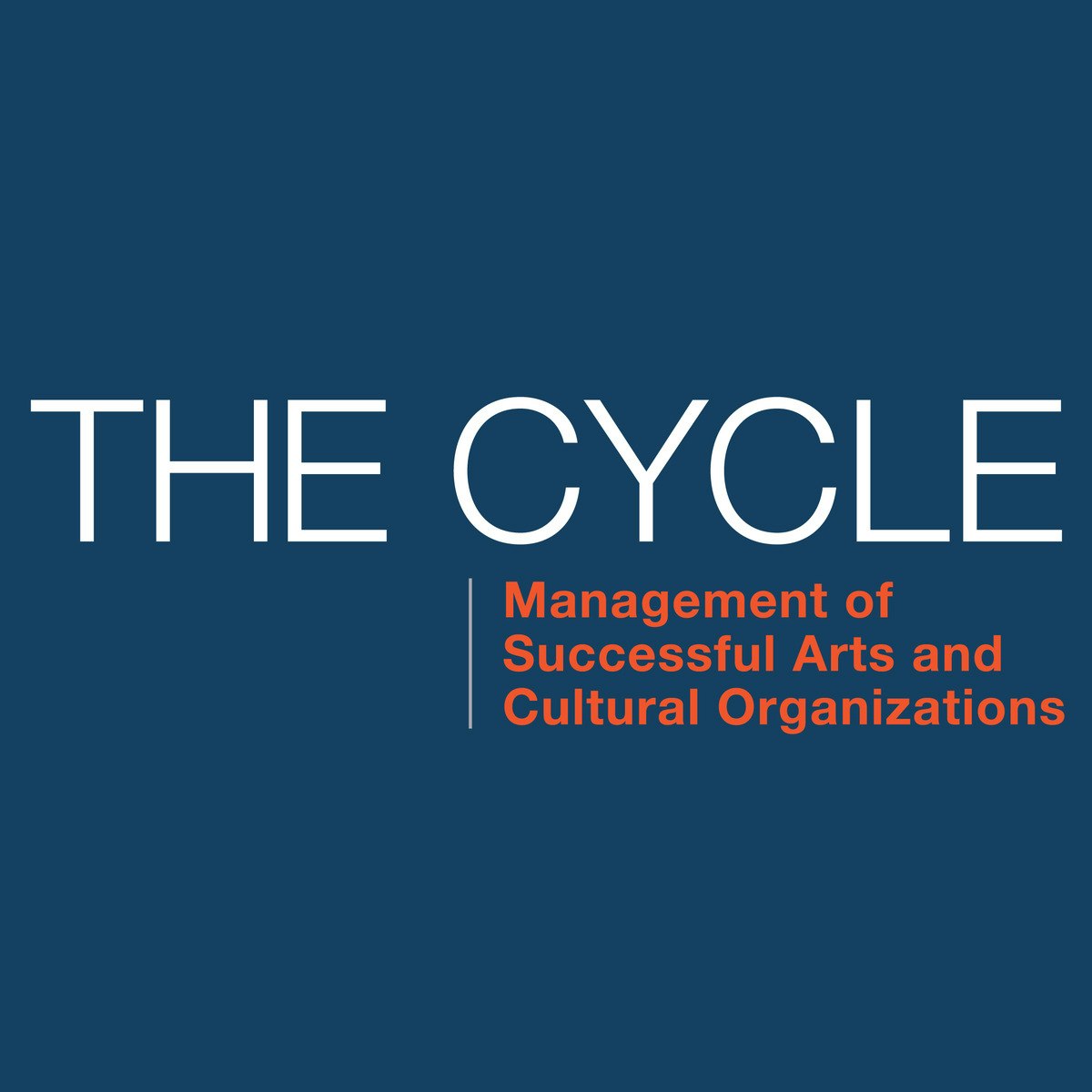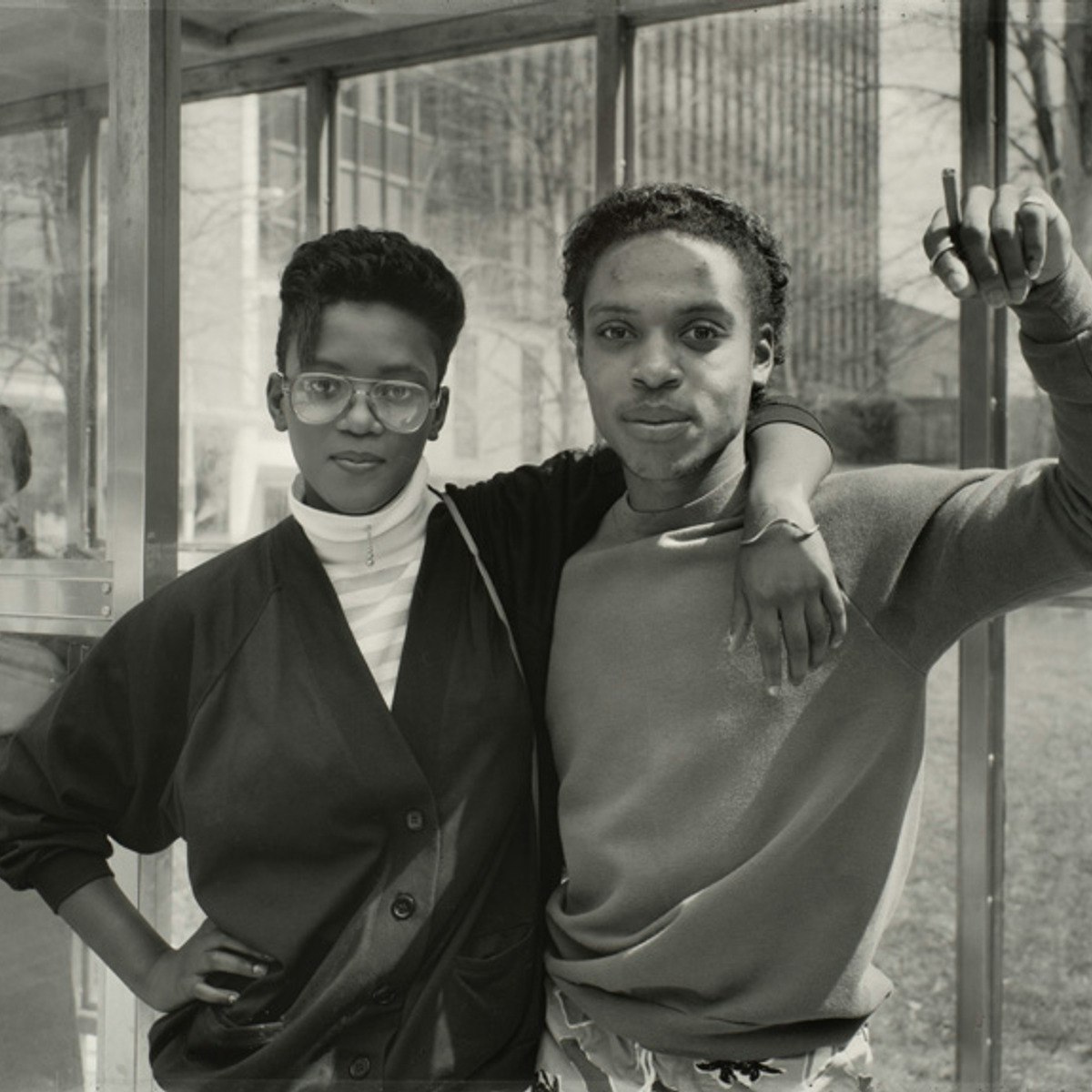"The museum is not an old curiosity shop. It is not a collection of dead objects from the past. It is a living cultural institution which must serve both today and tomorrow." - John Cotton Dana, museum pioneer
In an era where digital transformation has revolutionized how we access knowledge, prestigious museums worldwide have opened their virtual doors through comprehensive online courses. These institutions, from The Museum of Modern Art (MoMA) to the American Museum of Natural History (AMNH), are democratizing access to expert knowledge and cultural education in unprecedented ways.

The Evolution of Museum Education
Museums have long served as bastions of knowledge, research, and cultural preservation. Today, they're expanding their educational mission beyond physical walls through carefully crafted online courses. This digital transformation allows art enthusiasts, professionals, and lifelong learners to engage with museum expertise from anywhere in the world.
The benefits extend far beyond convenience. These courses offer structured learning pathways, expert-led instruction, and opportunities to engage with fellow enthusiasts globally. Whether you're interested in contemporary art, natural science, or museum practices, there's a course designed to deepen your understanding and enhance your appreciation of these subjects.
Featured Courses from Leading Institutions
The Museum of Modern Art (MoMA)
Established in 1929, The Museum of Modern Art in New York City stands as one of the world's most influential modern art institutions. Housing over 200,000 artworks, MoMA's collection includes Vincent van Gogh's "The Starry Night," Salvador Dalí's "The Persistence of Memory," and Andy Warhol's "Campbell's Soup Cans." The museum's commitment to contemporary art is evident in its rotating exhibitions and its dedication to emerging artists and new media.
MoMA's educational programming has always been central to its mission, dating back to its founding director Alfred H. Barr Jr.'s vision of the museum as a laboratory for learning. This educational heritage is reflected in their online offerings:
This course draws from MoMA's vast contemporary collection, which includes groundbreaking works like Marina Abramović's performance pieces and Cindy Sherman's conceptual photography. Students gain insight into the same curatorial perspectives that shape MoMA's influential exhibitions.
Leveraging MoMA's photography collection, which includes works by pioneers like Alfred Stieglitz and Dorothea Lange, this course teaches visual literacy through historical and contemporary perspectives. The museum's photography department, established in 1940, was one of the first of its kind in the world.
American Museum of Natural History
Located on New York's Central Park West, the American Museum of Natural History has been at the forefront of scientific research and education since 1869. Home to the iconic 94-foot blue whale model, the Hayden Planetarium, and one of the world's largest dinosaur collections, including the first discovered Tyrannosaurus Rex skeleton, AMNH continues to lead in natural science education and research.
The museum's 45 permanent exhibition halls serve as living laboratories for scientific discovery, and this expertise is reflected in their online courses:
Led by the curator of the museum's Milstein Hall of Ocean Life, this course builds on AMNH's century-long leadership in marine research. Students benefit from the same expertise that informs the museum's famous dioramas and living exhibits.
Drawing from the museum's extensive genetic research facilities and the Hall of Human Origins, this course connects cutting-edge science with societal implications. The museum's involvement in the Human Genome Project adds real-world context to theoretical concepts.
The Smithsonian Institution
Known as "the nation's attic," the Smithsonian Institution is the world's largest museum, education, and research complex. Founded in 1846 with funds bequeathed by British scientist James Smithson, it encompasses 19 museums, the National Zoo, and various research centers. The institution houses over 155 million artifacts, from the Hope Diamond to the Wright brothers' original flyer.
This course draws from multiple Smithsonian museums, including the National Museum of American History, the National Portrait Gallery, and the National Museum of Natural History. Students learn from educators who work with some of America's most significant historical artifacts, from Abraham Lincoln's top hat to the Star-Spangled Banner.
National Museums Liverpool
A collection of eight venues in Liverpool, including the World Museum, the Walker Art Gallery, and the International Slavery Museum, National Museums Liverpool represents one of Britain's largest museum groups. Their collections span archaeology, fine and decorative art, and social and natural history.
This course provides unique insights into museum operations, drawing from centuries of institutional knowledge and modern museum practice. Students learn about the challenges and opportunities of managing diverse collections that include everything from Egyptian mummies to Beatles memorabilia.
Making the Most of Your Online Museum Learning Experience
Preparation and Engagement
Just as museums carefully craft their environments to enhance visitor experience, creating the right space for online learning can significantly impact your educational journey. Consider your study area as your personal gallery space. Natural lighting is essential, particularly when studying visual arts and artifacts, as it helps you notice subtle details in artworks and objects. A comfortable, quiet space allows for the same kind of contemplation you'd find in museum galleries.
Many successful online learners find that using dual monitors enriches their experience – one screen for course content and another for examining high-resolution artwork details. Keep a notebook or digital device handy for sketching and note-taking, just as you might in a museum study room. These simple environmental adjustments can transform ordinary study sessions into immersive museum-like experiences.
Establishing a consistent routine proves just as important as setting up your space. Treat online lectures like scheduled museum tours, setting aside specific times for focused study. Remember that museum fatigue is real, whether in person or online. Regular breaks help maintain fresh perspectives, especially when studying detailed artworks. Consider keeping a learning journal to document your observations and questions, creating a personal archive of your educational journey.
Bridging Online Learning and Local Museum Visits
The real magic happens when online learning meets in-person museum experiences. Before visiting your local museum, familiarize yourself with their collection online. This preliminary research, informed by your coursework, allows you to identify pieces that connect with your studies. Many learners find it valuable to prepare specific questions or aspects they want to examine based on their online learning.
During your visit, put your new knowledge into practice. The observation techniques learned in online courses take on new meaning when applied to physical artworks. Take time to notice details you might have overlooked before your studies. Many students report that their course knowledge gives them confidence to engage more deeply with museum docents, leading to richer discussions and insights.
After your visit, reflect on how the physical experience connected with your online learning. Consider how your local museum's curation choices compare with those discussed in your courses. These reflections often lead to fascinating discussions in course forums, where students worldwide share similar experiences from their local institutions.
Developing Your Museum Literacy
Learning to "read" museums and their collections is an art in itself. Online courses provide frameworks for understanding art and artifacts, but these skills require practice. Start by spending more time with individual works – fifteen to twenty minutes of focused observation can reveal details and meanings that might be missed in a quick glance.
Consider how context shapes your understanding of objects. A Renaissance painting viewed in isolation tells one story; the same work understood within its historical period, alongside contemporary pieces, tells another. This contextual thinking, developed through online courses, enriches every museum visit.
Interactive Learning Opportunities
Modern museum courses offer numerous ways to engage with material beyond traditional lectures. Virtual reality tours, digital archives, and online curatorial projects provide hands-on experience with museum concepts. Many learners find value in creating their own digital exhibitions using course concepts, applying theoretical knowledge to practical projects.
Building Professional Connections
The museum world thrives on connections, and online courses open new networking possibilities. Museum membership programs, virtual conferences, and online forums connect you with fellow enthusiasts and professionals worldwide. Many students have found mentorship opportunities through course connections, leading to internships or volunteer positions at local institutions.
Personal Growth and Continuing Education
Think of museum education as a journey rather than a destination. Each course builds upon the last, creating a deeper understanding of cultural heritage and museum practice. Consider developing specialized focus areas that align with your interests – whether that's contemporary art, conservation, or cultural history. Many learners find joy in sharing their knowledge through local presentations or digital platforms, contributing to the broader conversation about museums and culture.
Specialized Paths for Different Interests
Whether you're an art enthusiast, science educator, or cultural professional, museums offer tailored learning paths to match your interests and career goals. Let's explore these specialized tracks and their corresponding courses.
For Art Enthusiasts and Visual Culture Specialists
The world of art offers endless paths for exploration, from contemporary practices to historical movements. Art enthusiasts can build a comprehensive understanding through carefully selected courses.
This hands-on course delves into the techniques and theories of abstract expressionism. Students learn about the material choices and working methods of artists like Willem de Kooning and Jackson Pollock, gaining practical insights into abstract painting techniques through studio demonstrations.
Perfect for those seeking to understand current artistic practices, this course examines works created since 1980. Students explore everything from 3D-printed sculptures to performance art, developing a critical framework for understanding contemporary artistic expression.
This course helps art lovers develop deeper engagement strategies, teaching methods for meaningful interaction with artworks that go beyond passive viewing.
For Science and Natural History Enthusiasts
Natural history museums offer rich learning opportunities for those fascinated by the natural world, from marine biology to climate science.
This comprehensive course explores ocean life across all scales, perfect for nature enthusiasts and aspiring marine biologists. Students learn about evolutionary adaptations, species interactions, and current environmental challenges.
While focused on New Jersey, this course provides a model for understanding climate change impacts in any region, making it valuable for environmental educators and climate advocates.
This course explores climate change science and communication, essential for anyone interested in environmental education and advocacy.
For Educators and Teaching Professionals
Museum education offers unique perspectives and methodologies that can transform classroom teaching across disciplines.
This course introduces inquiry-based teaching methods used by museum educators, helping teachers integrate artwork into their curriculum effectively.
Perfect for science teachers, this course provides tools to explore the ethics of modern genetics and integrate these complex issues into classroom discussions.
This course helps educators use museum objects to broaden perspectives and reveal untold stories, making history and culture more relevant to students.
For Museum and Cultural Heritage Professionals
Those working in or aspiring to work in the museum sector can benefit from specialized professional development courses.
This course offers valuable insights into contemporary museum operations, from curation to visitor engagement.
A comprehensive introduction to museum operations, including visitor engagement and funding strategies.
For Photography and Visual Media Specialists
This course helps develop visual literacy skills essential for photographers, journalists, and media professionals.
A specialized course exploring historical photographic techniques and their modern applications.
For Social Justice and Cultural Awareness
This course examines the intersection of race, space, and architecture, essential for urban planners, architects, and social justice advocates.
Cross-Disciplinary Learners
Many learners find value in combining courses across disciplines. For example, an art teacher might pair MoMA's teaching strategies course with AMNH's climate change course to create engaging environmental art lessons. A museum professional might combine management courses with specific content areas to develop specialized programming.
Career Development Pathways
For those considering museum careers, these courses can form the foundation of professional development. Consider creating a learning pathway that includes:
- Foundational knowledge in your area of interest
- Educational methodology courses
- Professional practice courses
- Specialized content courses
Remember that OpenCourser's Career Center can help you identify which courses align with specific museum career paths, from curator to educator to conservator.
Learning Together: A Guide for Parents and Educators
The world's greatest museums have long understood that learning is a multi-generational experience. While their online courses are typically designed for adult learners, many can be thoughtfully adapted for younger audiences, creating rich opportunities for family learning and classroom engagement.
Why Share Museum Learning with Young Learners?
Children naturally possess curiosity and creativity—qualities that museums celebrate and nurture. Early exposure to museum education helps develop critical thinking skills through object-based learning, while building cultural awareness and appreciation. In our increasingly image-driven world, these experiences are invaluable for developing visual literacy. Perhaps most importantly, sharing museum learning creates lasting family bonds and inspires lifelong learning habits.
Age-Appropriate Course Adaptation
Different courses lend themselves to different age groups, each offering unique opportunities for engagement and learning.
Elementary School Age (6-11)
The American Museum of Natural History's courses often work well for this age group, particularly when broken into digestible segments.
This course offers perfect opportunities for family engagement. Parents might watch short segments of marine life footage together with their children, then spend time creating drawings of the sea creatures they've learned about. These sessions naturally lead to discussions about ocean ecosystems and conservation. Many families find that taking virtual "field trips" to local aquariums helps reinforce the learning, creating concrete connections between course content and real-world experiences.
Middle School Age (12-14)
At this age, students can engage with more complex concepts while still benefiting from hands-on activities.
Middle school students thrive when they can create their own artwork inspired by course concepts. Consider setting up a home or classroom studio space where students can experiment with techniques they're learning about. Digital portfolios give students a sense of progression and achievement, while small group discussions about artistic choices help develop critical thinking skills.
High School Age (15-18)
Teenagers can often engage with course material at a sophisticated level, particularly when connected to their interests and experiences.
High school students can apply course frameworks to analyze their own built environment, creating meaningful connections between academic concepts and daily life. Encourage them to document neighborhood design elements through photography or create proposals for community space improvements. These projects naturally lead to discussions about how architecture shapes our experiences and communities.
Strategies for Family Learning
Creating a sustainable family learning practice requires both structure and flexibility. Consider setting aside regular "museum time" in your family routine, but keep sessions short—20-30 minutes often works well for younger children. Allow conversations to flow naturally based on children's interests, treating tangents as opportunities for deeper exploration rather than distractions.
The key to successful family learning lies in transforming passive watching into active engagement. Before viewing course materials, spend time browsing related children's books from your local library or exploring the museum's website together. Create a space for questions and wonderings—many families maintain a "Wonder Wall" where family members can post questions that arise during their learning.
During viewing sessions, take frequent breaks for discussion and reflection. Encourage family members to sketch or take notes in ways that feel natural to them. Young children might draw what they see, while older family members might prefer writing or digital documentation.
Supporting Classroom Learning
Teachers can weave museum education techniques throughout their curriculum, using object-based learning principles to enliven any subject. Visual thinking strategies help students develop observation skills that transfer across disciplines. The key is starting with careful observation before moving to interpretation—a skill that serves students well in science, literature, and social studies.
Making It Sustainable
The most successful family learning experiences grow organically from shared interests and curiosity. Rather than focusing on completing courses, concentrate on fostering joy in learning together. Build connections with local museums that complement your online learning, and don't hesitate to adjust your approach based on your family's responses and interests.
Remember that museums themselves offer numerous resources to support family learning. MoMA's free online resources for kids, AMNH's OLogy science website, and the Smithsonian Learning Lab provide excellent supplementary materials for young learners. Many local museums also offer family programs that can extend and enhance your online learning experiences.
The Future of Museum Education
As museums continue to innovate in the digital space, we can expect to see more interactive features, virtual reality experiences, and collaborative learning opportunities. These developments will further enhance the online learning experience while maintaining the rigorous educational standards these institutions are known for.
Online museum courses represent a significant evolution in cultural education, making expert knowledge more accessible than ever before. Through these courses, learners can engage with world-class institutions, develop new skills, and deepen their understanding of art, science, and culture.
Whether you're a professional seeking development opportunities, an enthusiast looking to expand your knowledge, or simply curious about museum collections, these courses offer structured pathways to enriching your understanding of our cultural and natural heritage.
The virtual doors of the world's greatest museums are open. Your next learning adventure awaits.


